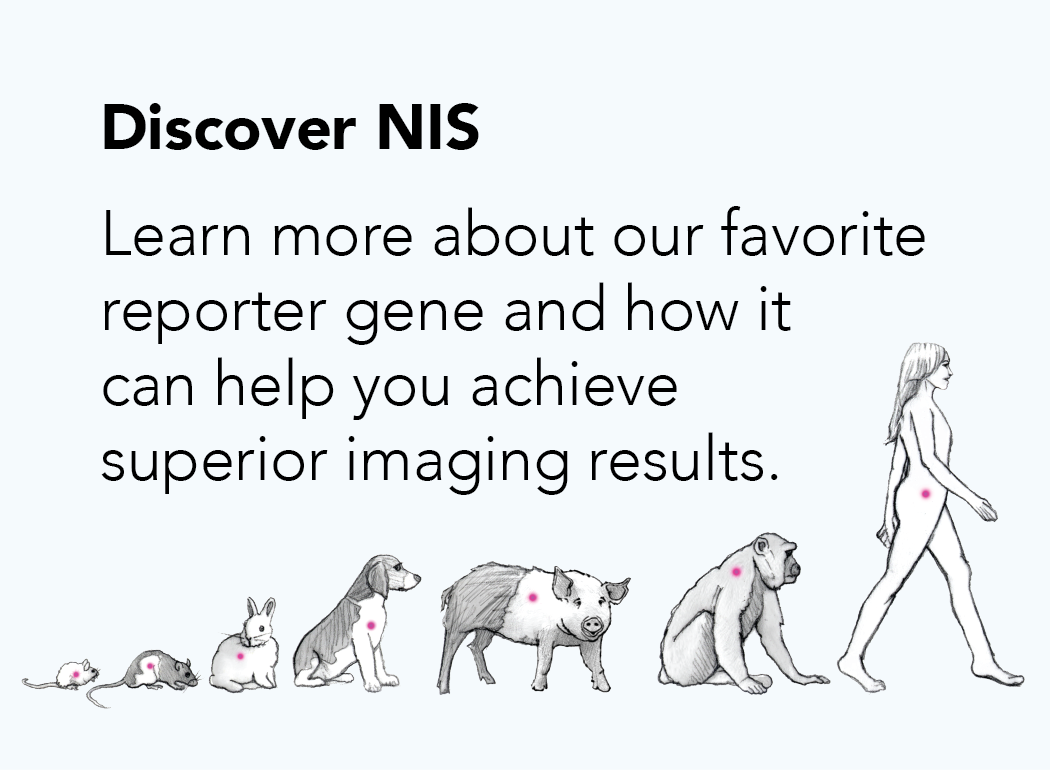What to do it you test positive for COVID-19 today
Got a positive COVID-19 test? Take a deep breath and use this guide to make sense of the situation.
March 10, 2021, Imanis Life Sciences, Rochester MN
Even one year into the pandemic, testing positive for COVID-19 gives rise to a whirlwind of emotions and events.
“If you test positive for COVID-19, or if you’re a parent and your child tests positive, it’s going to be a stressful day,” says Robin Coleman, co-founder of Contakt World and editor at Johns Hopkins University Press. “That means it’s a good idea to think [about what to do] ahead of time so that when the time comes, you already know how to start.”
Coleman makes a good point. No matter how cautious you are, there’s a chance you could catch COVID-19 — and it’s important to be prepared for that. With the help of several COVID-19 experts, CNET put together this timeline to help you navigate a coronavirus diagnosis.
Step 1: Get home or stay home
First of all: As soon as you receive word that you tested positive for COVID-19, go home (assuming you weren’t in a position to already be at home waiting for the results of the test). If you’re at work or in another public place, continue to take precautions such as wearing a mask and gloves and distancing yourself from others. Try to get home without stopping anywhere else.
If you live with other people, whether your family, a partner or roommates, encourage them to stay home as well. The current Centers for Disease Control and Prevention guidelines for isolation for those who are sick with COVID-19 include:
- Isolate until at least 10 days from the point at which symptoms appeared (or 14 days from a positive test if you haven’t noticed symptoms); and
- Until at least 24 hours have passed with no fever, without the use of fever-reducing medication; and
- Other symptoms of COVID-19, such as loss of taste, are improving.
For people who have known or suspected contact with someone who is sick from COVID-19, the CDC still recommends a 14-day quarantine. However, the CDC acknowledges that some local health agencies have endorsed shorter quarantine options, including 10 days without symptoms, or seven days with a negative test.
Step 2: Check your kids out of school
When someone in a family tests positive for COVID-19, unvaccinated family members must quarantine since they have had direct exposure. This includes children.
“School districts across the country have policies in place for this exact scenario,” says Dr. Michael Huang, national medical director for Marathon Health. If your child is attending in-person school, call the school and speak with the administration about arranging a safe way to get your child home from school, as well as getting any items they may need to complete schoolwork from home.
“This can be as simple as a friend picking up and dropping the items off to your front porch to ensure that no one is exposed in the exchange,” Huang says.
If you’re unable to arrange pickup and drop-off for your children and their items, ask the school administration if someone can escort your child to an outdoor pickup location where you can go and pick up your child without getting out of your car.
Step 3: Start notifying people
As soon as you’ve got your diagnosis, jot down the names of any people you’ve spent time with recently, Coleman says. “The more time you’ve spent with someone, the closer the proximity and the fewer safeguards were in place, the higher up the list they should go.”
He explains, “Think about it like this: If you’ve breathed the same air as someone for more than a few minutes, you want to have their name and contact info ready for when a contact tracer calls, which would ideally be within a day of your diagnosis.”
If you’re contacted by a tracer, they will also contact everyone you have on your list. However, sometimes contact tracers have limited capacity and may not get in touch with you on the day of your diagnosis. For this reason, it’s important to directly notify anyone you’ve been in contact with recently.
Use these categories to help you think about who to notify: home, work, school, recreation. “The people you spend the most time with will be at most risk and it will be really important for them to get tested and quarantine away from anyone else in their household,” Coleman says. “There’s no reason to be shy about letting people know that you’ve got COVID-19. It will give them the chance to keep their loved ones safer.”
Step 4: Line up help for potential caretaking scenarios
While you’re moving through your contact tracing list, ask trusted friends and family members if they’re available and willing to help should the need arise. This particularly applies to single parents or caretakers. If you fall very ill, who will take care of the people currently under your care?
“Unfortunately, there aren’t any easy answers here,” says Dr. Chad Sanborn, pediatric infectious disease specialist at KIDZ Medical Services. “While thankfully this isn’t a common scenario, it certainly can and does happen. I would have some sort of plan for this possibility, particularly if one or both parents work in a high-risk profession or have risk factors for becoming very ill from COVID-19.”
In general, it’s best to keep older adults away from COVID-19, so Grandma and Grandpa shouldn’t be your first call if you can avoid it, Sanborn says. If you have siblings, good friends, in-laws or even colleagues willing to help, ask them first.
Sanborn reminds parents and caretakers to tend to themselves, too: “While it’s natural to think of one’s child before one’s self, you have to remember to drink fluids, try to rest and seek medical attention if you’re really not feeling well,” he says. “You won’t help out your family much if you don’t care for yourself and end up really sick.”
Step 5: Explain the scenario to your kids
Telling your children you have COVID-19 may feel overwhelming, especially if your little ones have expressed fear about the virus in the past.
“For the smallest children, possibly not bringing up the term ‘COVID’ at all and referring to the illness as a cold may be best,” Sanborn says. “I wouldn’t lie if asked directly if you have an infection with COVID-19, but sometimes younger children may be very frightened by this disease.”
Also, don’t forget that your kids can pick up on your anxiety or fear, Sanborn says. “Show the small ones you can eat, drink, talk, smile and laugh despite being sick, even if only briefly,” he encourages. “Talk a little about what you are experiencing with them so as to demystify it.”
For older children, especially those who may be more familiar with masks and social distancing, it’s probably best to talk about the situation honestly and make them feel comfortable asking questions, Sanborn says. Make sure your children understand that the better everyone adheres to stay-at-home guidelines, the faster the household will return to normal.
Step 6: Take inventory of your home
After you test positive for COVID-19, expect to stay at home for a while. Take stock of kitchen and bathroom essentials, as well as any other necessities.
Jot down everything you might need in the next two weeks, for yourself and any family members or housemates who will also be staying home.
You may find it helpful to think in categories: food, fluids, medication, toiletries, paper products like napkins and toilet paper, cleaning items and comfort items.
Step 7: Order necessities via delivery
If this option is available to you, the best way to get what you need is via contactless delivery, whether you use an app or have a friend drop items off.
Step 8: Take care of yourself with at-home symptom management
Mild cases of COVID-19 can be treated at home with rest, fluids and over-the-counter cold and fever-reducing medications, says Huang.
It’s important to eat nutritious foods, too, even if you don’t have an appetite. Blending fruits and veggies into smoothies can help you get the calories you need if you don’t feel like eating. Add protein powder for more calories and for satiety.
Step 9: If symptoms worsen, seek medical care
Testing positive for COVID-19 by itself doesn’t mean you will need to go to the hospital, Huang says, but it’s always a good idea to touch base with your health care provider by phone after your diagnosis.
Most people are able to treat their COVID-19 symptoms at home, but if you experience severe or sudden symptoms, including trouble breathing, persistent pain or pressure in the chest, new confusion or altered mental status, inability to wake up or stay awake, weakness or bluish discoloration lips or face, seek immediate medical attention, Huang urges.
If you do seek medical care, be aware of your treatment options and ask your doctor to thoroughly explain anything you don’t understand. According to Brian Foster, CEO of BioIncept, a pharmaceutical development company, common therapies for hospitalized COVID-19 patients include supplemental oxygen with high-flow oxygen, noninvasive ventilation or mechanical ventilation; dexamethasone (a glucocorticoid or steroid); and remdesivir (an antiviral agent).
Step 10: Navigate the emotions
Finally, getting a COVID-19 diagnosis can bring about many big and unpleasant emotions. Alyza Berman, licensed clinical social worker and founder of The Berman Center, says anyone who tests positive for COVID-19 should be prepared for what feels like the stages of grief:
- Shock and denial
- Pain and guilt
- Anger
- Shame and depression
It can be challenging to do everything you need to do while navigating those big emotions, Berman says. But it’s important to take your diagnosis seriously and follow public health guidelines, she emphasizes.
“While part of the battle is beating COVID physically, the other half is all about keeping mentally strong and your mental health in check,” Berman says. Keeping yourself mentally stimulated while in isolation, talking to people on the phone, expressing your feelings about the diagnosis, and taking care of your physical health to the best of your ability will help, she says.
Should you get vaccinated if you’ve had COVID-19?
Most health experts recommend that people still get vaccinated even if they’ve already contracted COVID-19 in the past because “the protective neutralizing antibodies that your body produces because of infection do not last forever,” says Dr. Stephen Russell, M.D., Ph.D., CEO and co-founder of Imanis Life Sciences.
“Neutralizing antibody titers are typically lower in people who have recovered from a mild infection and higher in people who had a more severe infection, but either way, they fall after the infection is over.”
If antibody levels have fallen to a very low level, there is risk of reinfection, Russell says. “A vaccine dose administered three months after you have recovered from COVID-19 will boost the protective antibody levels, resulting in a much longer period of protection from reinfection than would otherwise be the case.”
Published March 10, 2021: https://www.cnet.com/health/what-to-do-if-you-test-positive-for-covid-19-today/

